
Tanyards for Sale
Posted 20/12/25
75 minutes from London Bridge - For Sale, East Sussex
Posted 29/06/22
LET US PLAY
Valda Bailey
( play/pleɪ/ verb engage in activity for enjoyment and recreation rather than a serious or practical purpose)
Every child is an artist. The problem is how to remain an artist once we grow up. Pablo Picasso.
Present a toddler with a cardboard box and stand back and watch while his creative energies surge. Everything is an adventure for a two-year old and everything is new. The delightful “Not a Box” by Antoinette Portis attempts to give us some insight into the mind of a small child as he investigates the myriad possibilities for creative play.
Somewhere along the road to becoming an adult, we lose this ability. A growing self-consciousness, a very real fear of failure, embarrassment, lack of time - the possible reasons stack up like so many ND grads on the front of our cameras. We start to make decisions based on previous experience - on what we know works. When a child sits down with a paintbrush, they don't have to contend with concerns about how their creation will be received on Flickr or if anybody is going to laugh at their efforts. They are free to develop their ideas, allow their mind to roam without impediment. How rewarding it would be if we as adults could once again tap into a child's creative energies and work in such a way.
John Cleese has lectured extensively on creativity. He is not the only one to have spoken about the trance-like state that a child will enter into when they are completely lost in their creative endeavours - be it finger painting, earnestly conversing with a favourite teddy bear or decorating the kitchen with flour. Cleese argues that the key to creativity is to avoid interruptions and that in order to enter the child-like state which is so important when being creative, we need to impose boundaries of space and boundaries of time. "A space to think and the time in which to do it……As all artists know, genuine creative insights occur when rational thought ceases - during dream-states or moments of absorption so intense that self-consciousness, anxiety, and the needling cares of the day drop away"
He continues: "Creativity is not a talent. It is not a talent, it is a way of operating ….what I mean is this: creativity is not an ability that you either have or do not have. It is, for example, (and this may surprise you) absolutely unrelated to IQ."
According to research conducted by the late UC Berkeley psychologist Donald MacKinnon in the 70’s, the most creative people had simply acquired a facility for getting themselves into a particular frame of mind -"a way of operating” - which allowed their natural creativity to function. And MacKinnon described this particular facility as an ability to play. He spoke of the capacity when in such a state, to play with ideas, explore them, not for any practical purpose but just for enjoyment. Play for its own sake.
As landscape photographers we are probably more hidebound than most when it comes to constraints and restrictions on our creative endeavours. The blame for this lamentable state of affairs doubtless lies in myriad directions; which of us doesn’t to a greater or lesser extent pay heed to The Ten Commandments of Landscape Photography (Thou shalt only shoot in the golden hour; Thou shalt obey the rule of thirds, Thou shalt observe front to back sharpness etc etc)? Who can fail to envy the freedom available to artists, summed up so perfectly in Paul Klee’s delightful observation that ‘drawing is taking a line for a walk'?
I am not trying to propose that the aforementioned decrees should be summarily discarded. Only to suggest that time spent playing - free from the afore-mentioned constraints - can reap huge rewards in subsequent endeavours. It has the capacity to open our minds, clear out the stagnating detritus of comfortable familiarity and ingrained habits, and help us see the world anew.
Paul Kenny is an internationally renowned photographic artist whose work I have long admired. His unconventional approach necessitates a great deal of play - experimentation - trial and error. I have met Paul and spent time watching him work. However this only tells me a fraction of what I need to know - I can see how he makes his images (to a greater or lesser extent); what my time with him didn’t really tell me was much about why he makes them. As is the case with most accomplished artists, what matters primarily are his ideas. His ‘creativity’. As my good friend, the Californian based fine art photographer and essayist, Raphael Shevelev is fond of saying “my most important equipment is my brain”
It is perhaps appropriate to question the issue of gender and whether or not the urge to investigate beyond the conventional approach in landscape photography is more of a female trait. The workshops we lead concentrate on finding new ways of interpreting the landscape and freeing up deeply rooted mechanisms. They seem to appeal more to women than men - the ratio averages around 60/40 in favour of women but has been as high as 80/20. I may be mistaken, but I suspect that such an imbalance does not consistently exist for the more conventional workshops on offer. Without wishing to resort to sweeping generalisations, it has been suggested that men’s brains work in a more sharply left-brained, logical linear way, whereas women tend to be more intuitive and evenly balanced between left and right-brain dominance. Obviously exceptions abound with any empirical generalisation but neither do those exceptions invalidate them.
Margaret Mead is celebrated as the world’s best known cultural anthropologist and argues that
“…. certain forms of creativity are more congenial to one sex than to the other and that the great creative acts will therefore come from only one sex in a given field. There is some reason to believe that males may always excel …. in such fields as music and mathematics, where creativity involves imposing form rather than finding it. There is also reason to believe that women have a slightly greater potential in those fields in which it is necessary to listen and learn, to find forms in nature or in their own hearts rather than to make entirely new ones; these fields could include certain areas of literature, and some forms of science that depend on observation and recognition of pattern, such as the study of living creatures or children or societies.”
The reasons why the worlds of art and photography are so heavily male dominated are obviously complex. A discussion about which aspects of photography are more likely to appeal to women, and why that should be so, is too lengthy and complex for the scope of this essay.
Perhaps it is easy for me to start tossing out directives, urging conventional (for want of a better word) landscape photographers to throw away the rule book and try moving their camera around in a wholly unorthodox fashion. My approach to photography lends itself very readily to experimentation both in camera and in post processing. However in the same way that I know it does me good to work within the confines of a more structured perspective every now and again, perhaps it could be instructive for traditionalists to cast aside the conventional wisdom that so often accompanies landscape photography and venture forth with an insouciant attitude of reckless abandon from time to time.
Of course, it’s one thing to go out and start flouting all the rules for no other reason than idle experimentation, wilful perversion or a desire to shrug off our self-imposed shackles for a while. It’s quite another matter to present the results of such creative investigations to an unforgiving and conservative audience who are comfortable with the security blanket of the the predictable. It takes courage. Neither should we underestimate the difficulty of deciding if an image works when it no longer stacks up against the our familiar evaluation criteria. If, as Ansel Adams, maintains, ‘There is nothing worse than a sharp image of a fuzzy concept’, then 'a fuzzy image of a fuzzy concept' is very clearly a transgression too far.
The fear of failure looms large in us all. And yet, we must be prepared to fail to be creative. The violinist, -Yo-Yo Ma said "Perfection is not very communicative. If you are only worried about not making a mistake, then you will communicate nothing.” James Dyson spent 15 years and produced no fewer than 5,126 prototypes of his now iconic Dual Cyclone vacuum cleaner before he made one that worked. To press on regardless, in the face of so many failures takes a strength of character and a tenacity that I imagine not many of us possess.
It could convincingly be argued that my view is skewed; as a direct consequence of my unconventional approach to landscape photography, I get to play on a daily basis. Questions such as - "shall the grass be red?" or “perhaps the National Portrait Gallery could usefully be fragmented into a thousand pieces on this occasion?” probably don’t tend to trouble the average reader with any great consistency. More importantly from my perspective is the question that often continues to vex me - “Why should the grass be red?” or “Why should the National Portrait Gallery be fragmented into a thousand pieces?” But that’s the subject of another essay.
This article first appeared in a modified form in Outdoor Photography

Posted 20/12/25
75 minutes from London Bridge - For Sale, East Sussex
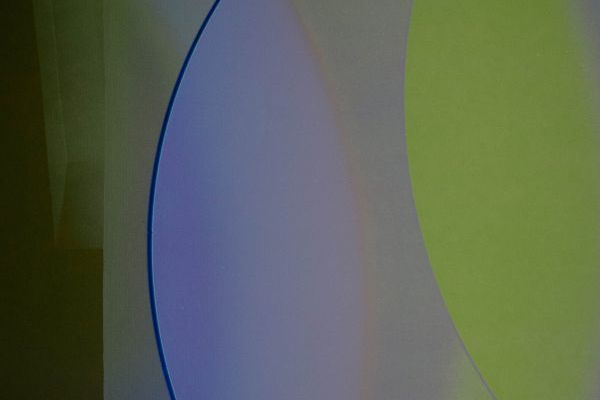
Posted 21/04/19
The Bauhaus movement celebrated its centenary in 2019 and more than a century after its inception the influence lives on and continues to shape our concept of good, intuitive design. Founded in…
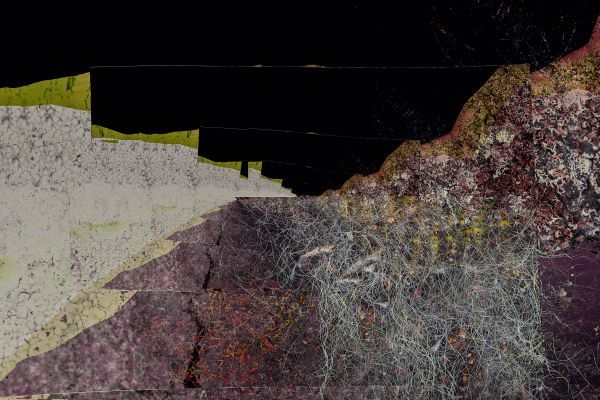
Posted 31/03/19
I caught the tail end of a brief discussion on social media a couple of days ago and it set my meandering thoughts along an investigative trajectory.Being called into question was the issue of a…
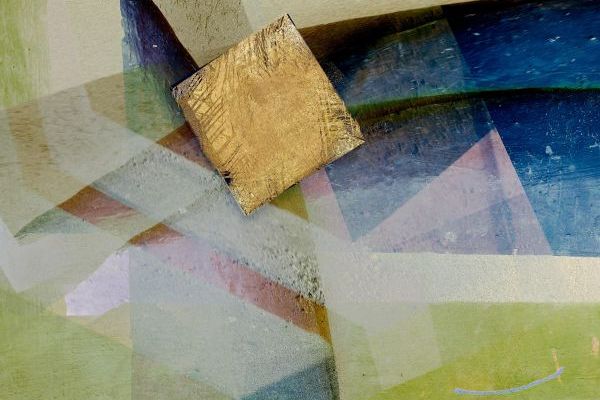
Posted 30/06/18
I have chosen to present my contribution to the upcoming joint exhibition at the Oxo Gallery in London in a slightly unconventional way. The images themselves represent a continuing fascination…
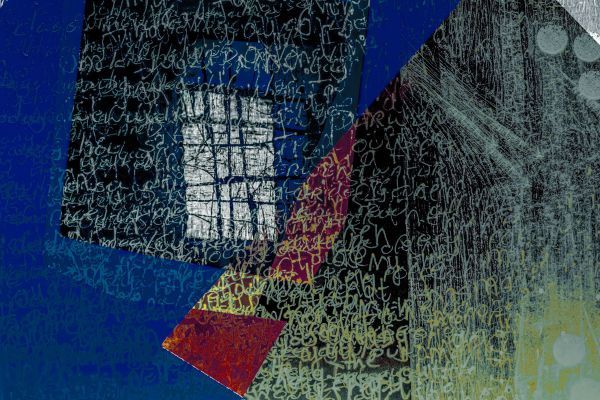
Posted 29/06/17
Charlie Waite is one of many photographers to champion the importance and satisfaction to be gained from turning a digital file into a physical print. Such advocates are possibly less forthright about…
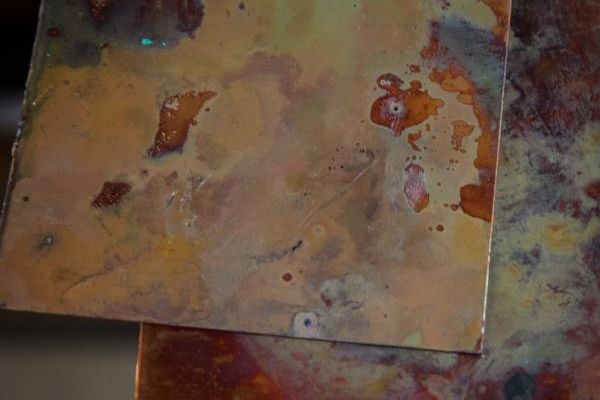
Posted 30/04/16
For some time now I have been thinking about ways to take the physical reproduction of my images in a slightly different direction.Perhaps as a consequence of the unpredictability of my image making,…